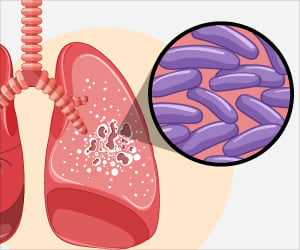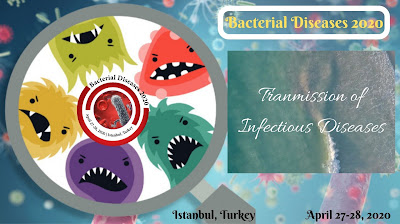An insight into the pathophysiology of Tuberculosis
Tuberculosis has recently re-emerged as a significant health concern.
Each year, just about 2 million people worldwide die of T.B. and 9 million people become infected. Within the united states, about 14000 cases of T.B. was reported in 2006, a 3.2% decline from the previous year; but, 20 states and the
District of Columbia had higher rates. The prevalence of T.B. is continuing to
increase because of the increased count of patients infected with human
immunological disorder, viruses, microorganism resistance to medications, enhanced
international travel and immigration from countries with high prevalence, and
the growing numbers of the homeless and drug abusers.
With 2 billion persons, a third of the world population,1
estimated to be infected with Mycobacteria, all nurses, despite area of care, must
be compelled to understand the pathophysiology, clinical options, and
procedures for identification of T.B. The vulnerability of hospitalized
patients to TB is usually under recognized because of the infection is
habitually thought of a disease of the community. Most hospitalized patients
are in an exceedingly sub-optimal immune state, significantly in intensive care
units, creating exposure to T.B. even more serious than in the community. By
understanding the inductive organism, pathophysiology, transmission, and
diagnostics of T.B. and also the clinical manifestations in patients, critical
care nurses are going to be better ready to recognize infection, forestall
transmission, and treat this progressively common disease.


Mycobacterium tuberculosis is escalated by tiny airborne droplets, commonly known as droplet nuclei, brought up by the coughing, sneezing, talking, or singing of a person with pulmonary or laryngeal tuberculosis. These minuscule droplets will stay airborne for minutes to hours once expectoration. The total of bacilli in the droplets, the virulence of the bacilli, disclosure of the bacilli to UV light, degree of ventilation, and aerosols all influence transmission.
Introduction of M tuberculosis into the lungs leads to
infection of the respiratory system; however, the organisms can spread to other
organs, such as the lymphatics, pleura, bones/joints, or meninges, and cause
extra pulmonary tuberculosis. Tuberculosis has re-emerged as a serious public health
concern and is the second deadliest communicable disease worldwide.
Understanding the pathophysiology of this contagious airborne sickness, from the first
infection to primary progressive (active) disease or latency, is vital.



My name is hoover, my 18 year old daughter, Tricia was diagnosed with herpes 3 years ago. Since then, we have moved from one hospital to another. We tried all kinds of pills, but every effort to get rid of the virus was futile. The bubbles continued to reappear after a few months. My daughter was using 200mg acyclovir pills. 2 tablets every 6 hours and 15g of fusitin cream. and H5 POT. Permanganate with water to be applied twice a day, but all still do not show results. So, I was on the internet a few months ago, to look for other ways to save my only son. Only then did I come across a comment about the herbal treatment of Dr Imoloa and decided to give it a try. I contacted him and he prepared some herbs and sent them, along with guidance on how to use them via the DHL courier service. my daughter used it as directed by dr imoloa and in less than 14 days, my daughter recovered her health. You should contact dr imoloa today directly at his email address for any type of health problem; lupus disease, mouth ulcer, mouth cancer, body pain, fever, hepatitis ABC, syphilis, diarrhea, HIV / AIDS, Huntington's disease, back acne, chronic kidney failure, addison's disease, chronic pain, Crohn's pain, cystic fibrosis, fibromyalgia, inflammatory Bowel disease, fungal nail disease, Lyme disease, Celia disease, Lymphoma, Major depression, Malignant melanoma, Mania, Melorheostosis, Meniere's disease, Mucopolysaccharidosis, Multiple sclerosis, Muscular dystrophy, Rheumatoid arthritis Alzheimer's disease, parkinson's disease, vaginal cancer, epilepsy Anxiety Disorders, Autoimmune Disease, Back Pain, Back Sprain, Bipolar Disorder, Brain Tumor, Malignant, Bruxism, Bulimia, Cervical Disc Disease, Cardiovascular Disease, Neoplasms , chronic respiratory disease, mental and behavioral disorder, Cystic Fibrosis, Hypertension, Diabetes, Asthma, Autoimmune inflammatory media arthritis ed. chronic kidney disease, inflammatory joint disease, impotence, alcohol spectrum feta, dysthymic disorder, eczema, tuberculosis, chronic fatigue syndrome, constipation, inflammatory bowel disease. and many more; contact him at drimolaherbalmademedicine@gmail.com./ also with whatssap- + 2347081986098.
ReplyDelete